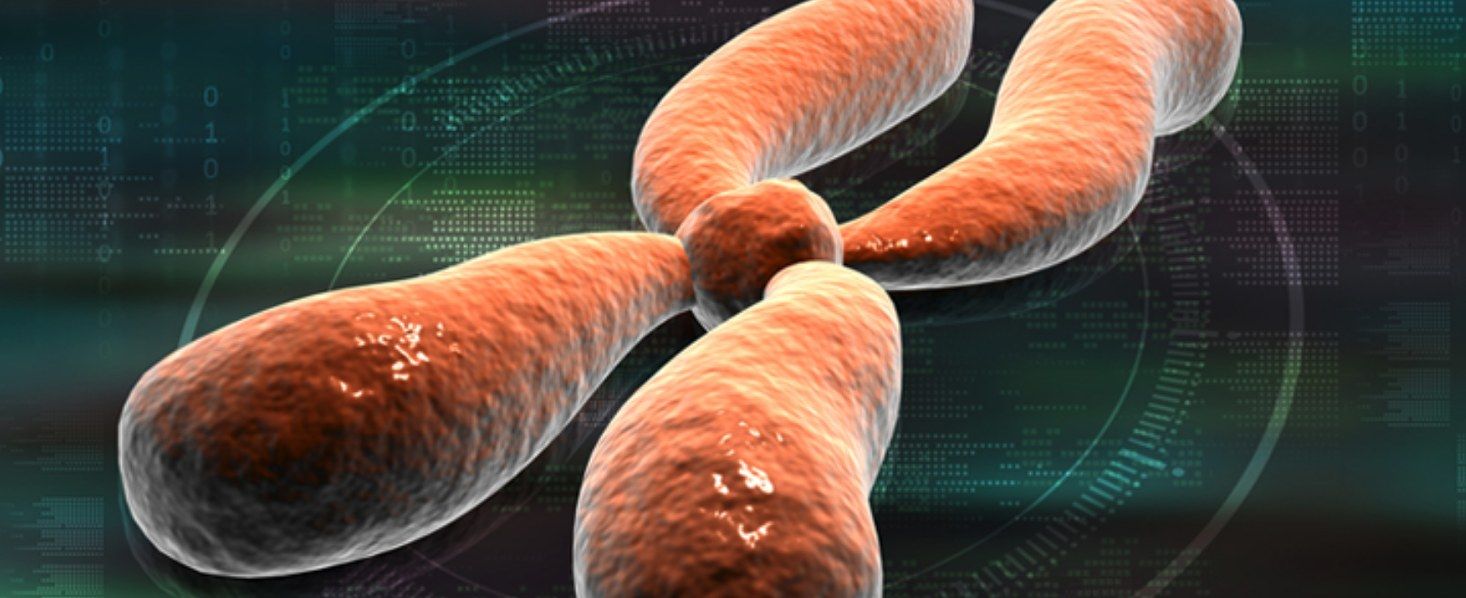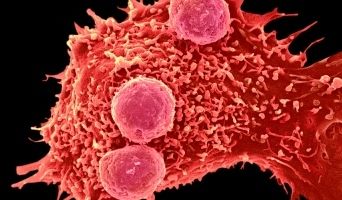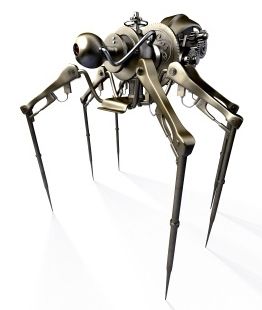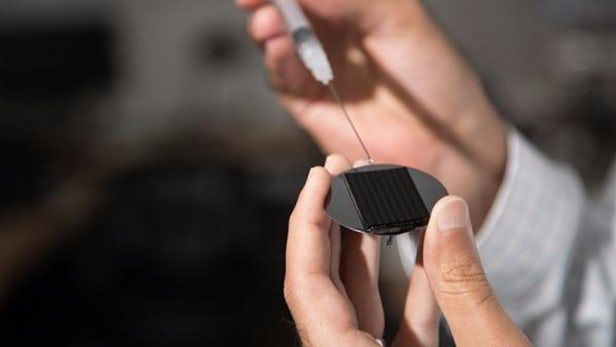The field, now called low-energy nuclear reactions, may have legit results—or be stubborn junk science.
- By Stephen K. Ritter, Chemical & Engineering News on November 28, 2016

The field, now called low-energy nuclear reactions, may have legit results—or be stubborn junk science.

Led by Nikolay Kandul, senior postdoctoral scholar in biology and biological engineering in the laboratory of Professor of Biology Bruce Hay, the team developed a technique to remove mutated DNA from mitochondria, the small organelles that produce most of the chemical energy within a cell. A paper describing the research appears in the November 14 issue of Nature Communications. There are hundreds to thousands of mitochondria per cell, each of which carries its own small circular DNA genome, called mtDNA, the products of which are required for energy production. Because mtDNA has limited repair abilities, normal and mutant versions of mtDNA are often found in the same cell, a condition known as heteroplasmy.
This is a nice vid but there are two things to note.
1. he does not mention Callisto in place of Europa. Europa gets enough radiation to kill you in a day where on Callisto you would not even get the radiation you get here on Earth.
2. It might be possible to puff up a given asteroid by creating a cylinder within as he points out, but filling it with water and then heating it from outside and once it’s molten the water will expand and blow the asteroid to a larger size. It may be possible to turn a 1 mile wide asteroid into a ten mile wide habitat. I do not know how well it scales up to larger asteroids.
This episode continues our team up with Fraser Cain to look at Colonizing the Solar System, we move from the inner solar system to the Asteroid Belt and beyond, all the way out to the Oort Cloud.
Part 1: The Inner Solar System, can be watched here:

I said over a year ago that if the US will not do it China will. Whilst there was talk about a moratorium on CRISPR in the US the Chinese were forging ahead and taking steps to become a world leader in biotech. Well here we are, they have deployed CRISPR in humans for cancer and this is only the start. As George Church advocates, we should have appropriate engineering safety measures in place but we should push ahead and do these things.
The move by Chinese scientists could spark a biomedical duel between China and the United States.

With bots the size of a single blood cell, this could spur a huge leap in the field of non-invasive surgeries.
Scientists have developed the world’s first light-seeking synthetic nanorobot which may help surgeons remove tumours and enable more precise engineering of targeted medications.
It has been a dream in science fiction for decades that tiny robots can fundamentally change our daily life. The famous science fiction movie “Fantastic Voyage” is a very good example, with a group of scientists driving their miniaturised Nano-submarine inside human body to repair a damaged brain.

The world needs abundant, clean energy. Nuclear fusion — with no CO2 emissions, no risk of meltdown and no long-lived radioactive waste — is the obvious solution, but it is very hard to achieve.
The challenge is that fusion only happens in stars, where the huge gravitational force creates pressures and temperatures so intense that usually repulsive particles will collide and fuse; hence “fusion”. On Earth we need to create similar conditions, holding a hot, electrically-charged plasma at high enough pressure for long enough for fusion reactions to occur. The scientific and engineering challenges behind putting a star in a box are large, to say the least. Without proper confinement of the plasma, the reaction would stop. The plasma must be isolated from the walls of the reactor — a feat that can be performed most effectively by magnets. The most advanced machine for this purpose is the ‘tokamak’.

For most people, icy conditions mean a slippery pavement or trying to chip the car out of a freezing glaze, but icing can also bring down aircraft, snap power lines, and cause a surprising amount of structural damage. Now scientists at the University of Houston (UH) have come up with a surprising solution – and it involves magnets.
The problem with icing is that when droplets of freezing or supercooled water strike a surface, they wet or adhere to it, so more and more droplets can join the party. To de-ice a surface, you need to either melt the ice, break it off, dissolve it, or alter the surface so the ice can’t stick to it in the first place.
According to Hadi Ghasemi from the UH Department of Mechanical Engineering, “icephobic” surfaces that are non-wetting or liquid infused have shown promise in the past, but suffer from high freezing temperatures, high ice adhesion strength, and high cost.


Researchers have developed the world’s first light-seeking synthetic nanorobot that can help surgeons remove tumors and enable more precise engineering of targeted medications.
Don’t Miss: Sam’s Club Black Friday 2016 Deals
With size comparable to a blood cell, these tiny robots have the potential to be injected into a patient’s body, the study said.

Congrats geordie rose and jeremy hilton ; d-wave ROCKS!
News posting on T-Net)
Burnaby, BC, November 4, 2016—(T-Net)—D-Wave Systems Inc., the world’s first quantum computing company, announced the promotion of Jeremy Hilton to senior vice president, systems, with responsibility for driving the company’s quantum processor and systems research and engineering functions.
Hilton, who was previously the vice president of processor development, joined D-Wave in 2000, and has been instrumental in developing the world’s first scalable quantum processors. Hilton also led the development of D-Wave’s superconducting integrated circuit foundry. He is a named inventor on 34 granted U.S. patents.
“Jeremy has almost two decades of experience developing the most advanced scalable quantum computing systems in the world. We’re lucky to have him on the team,” said CEO Vern Brownell.